I almost couldn’t believe it when I saw catzos con tostado for sale at the local Killa Raymi food festival in Peguche, Ecuador. I was drawn to the table like a moth to a flame. A new food, a new window into Andean culture, and a new experience. What more could I ask for?
What Are Catzos?
I am glad that my Ecuadorian friends had already posted pictures and shared how tasty this snack food could be. That little bit of knowledge helped me get past my preconceived notion that bugs should never be eaten. Yes, catzos are beetles, specifically Leucopelaea albescens, a member of the Scarab family and a relative of the dung beetle. I know that doesn’t help you understand why these are a tasty treat but bear with me.
The young lady at the table was more than willing to answer dozens of my questions and was so nice that when she offered me a beetle to taste (I still wasn’t sure I was going to try any at this point), I didn’t dare say no. As I popped one of the little critters in my mouth, I prepared to swallow no matter what the flavor. I didn’t want to be rude. But the truth is, my mouth filled with a delicious combination of flavors that surprised me. The taste of a catzo is rich and buttery but the texture is crunchy. Like popcorn with butter but better and slightly more crunchy.
I immediately offered to buy a serving of catzos con tostado to share with my husband. No surprise, he had the same reaction as myself. First, a little disgust, then that amazing look of surprise as his tongue tasted that great flavor combo. Then we both kept popping those beetles into our mouths until they were quickly all gone.
Harvesting Catzos
In late October or early November, when the first rains of winter start, catzos begin to mate. They are early risers, generally taking flight around 4:30 am and staying aloft for a single half hour. This is the time to catch them, while they are flitting around in search of a partner. They are generally harvested in the high paramo. However, I have heard that some locals pick them up in the parks around Quito.
Despite the fact that there are four different kinds of catzo, only two are generally eaten, the white and the brown. The white ones are the most popular and some people say the most tasty.
Preparing Catzos
Catching the beetles is just the first step. They must be meticulously prepared.
The live beetles are placed in a container with harina de castilla, a very fine white flour. Supposedly, the beetles ingest the flour and it forces all other particles from their stomachs. Since beetles eat dung and carrion, I was very grateful to learn this. However, the gluten-intolerant will be disappointed to learn that catzos are not completely gluten-free.
After spending some time in the flour, their wings and legs are removed. I have no idea if the bugs are alive at this point or not. Maybe they die by flour poisoning. These are the questions that even a good reporter can forget to ask in the heat of the moment.
Next, the catzos are soaked in cold water with salt. Finally, they are removed from the water and fried in butter or lard until crunchy. The most traditional way to serve catzos is with a side of tostado, or toasted corn.
Eating Creatures With Shells, Heads, and Legs
This is probably a good time to remember that most Americans, Europeans, and Asians eat strange creatures that are insect-like and have shells, heads, and legs that must be removed before they are tasty. We call them shrimp. If you had never seen shrimp before, you might be a little leery to put one in your mouth the first time. Remember that as you see a strange new food offered up in the next foreign country you visit. It could be the taste sensation of a lifetime.
I have to say, if you see a street corner vendor with a tray of catzos, you should give them a try. They are Not Your Average Snack and ever so tasty.
This article was updated on June 3, 2019, to include the correct Latin name and description of the beetle.

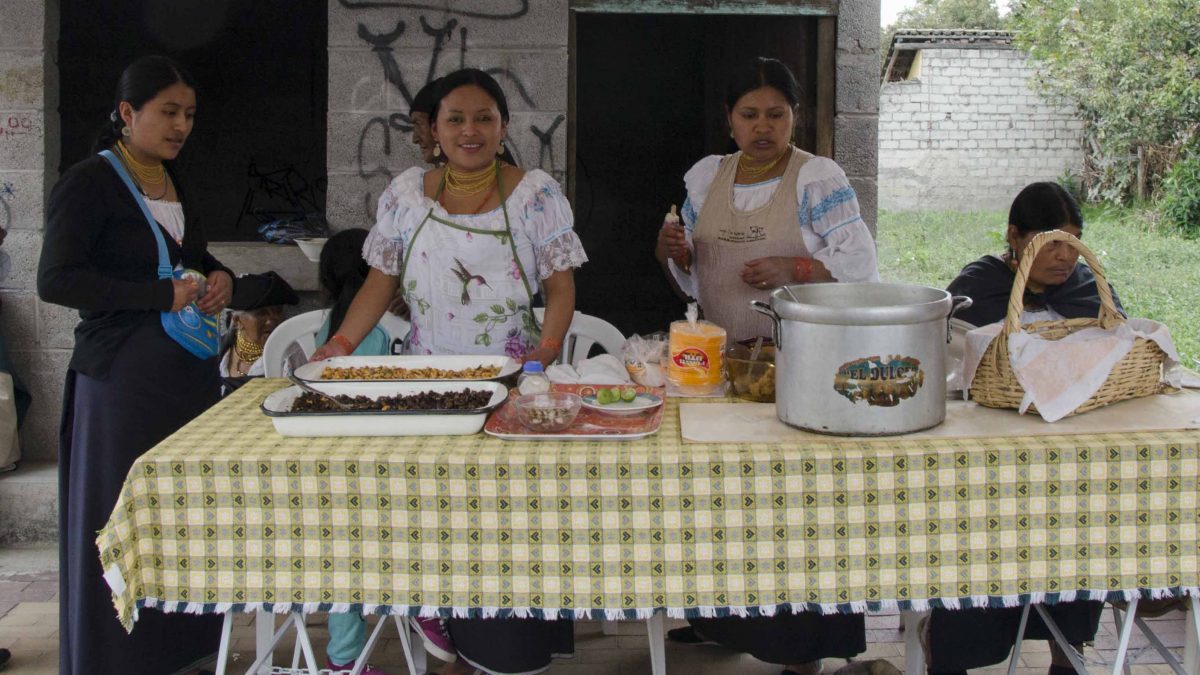

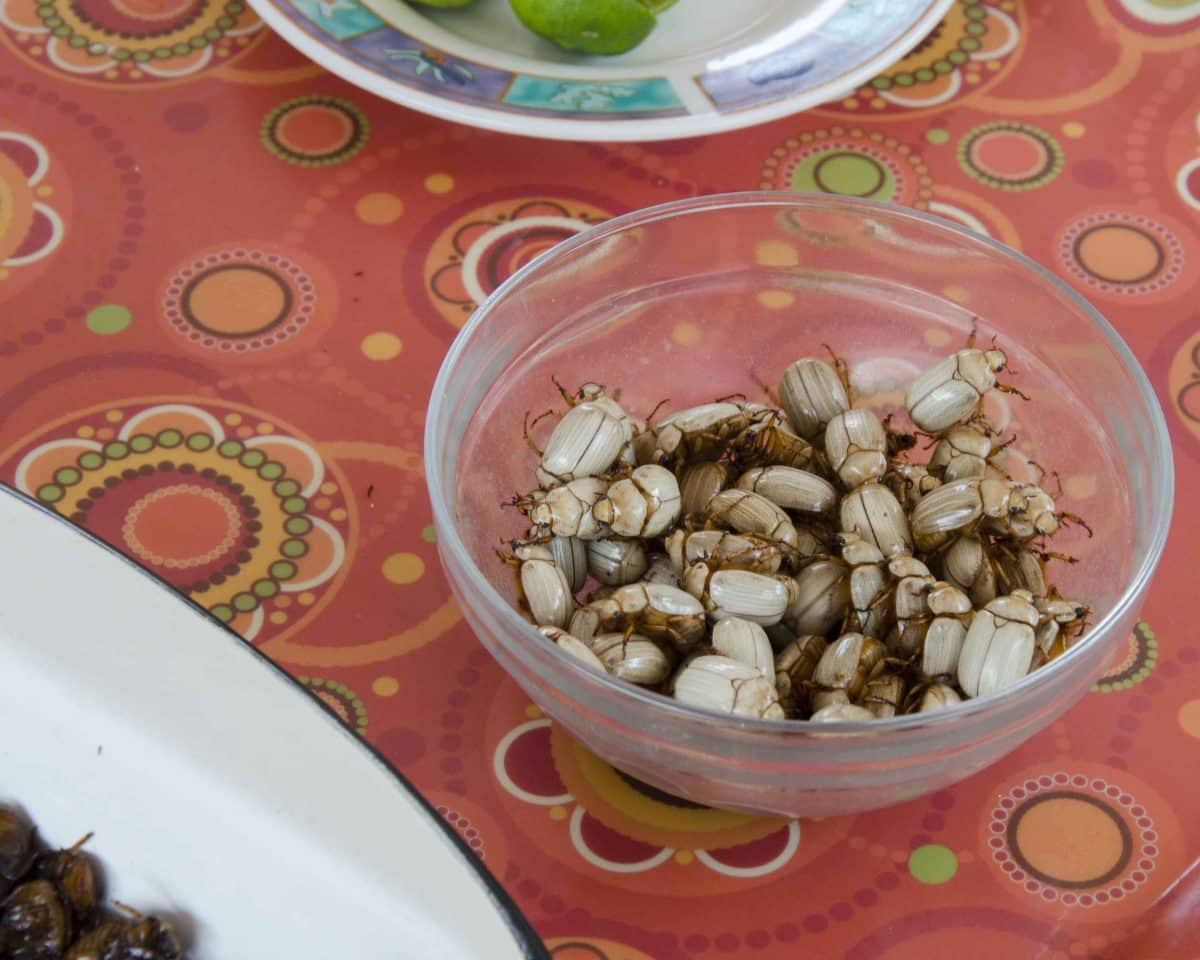

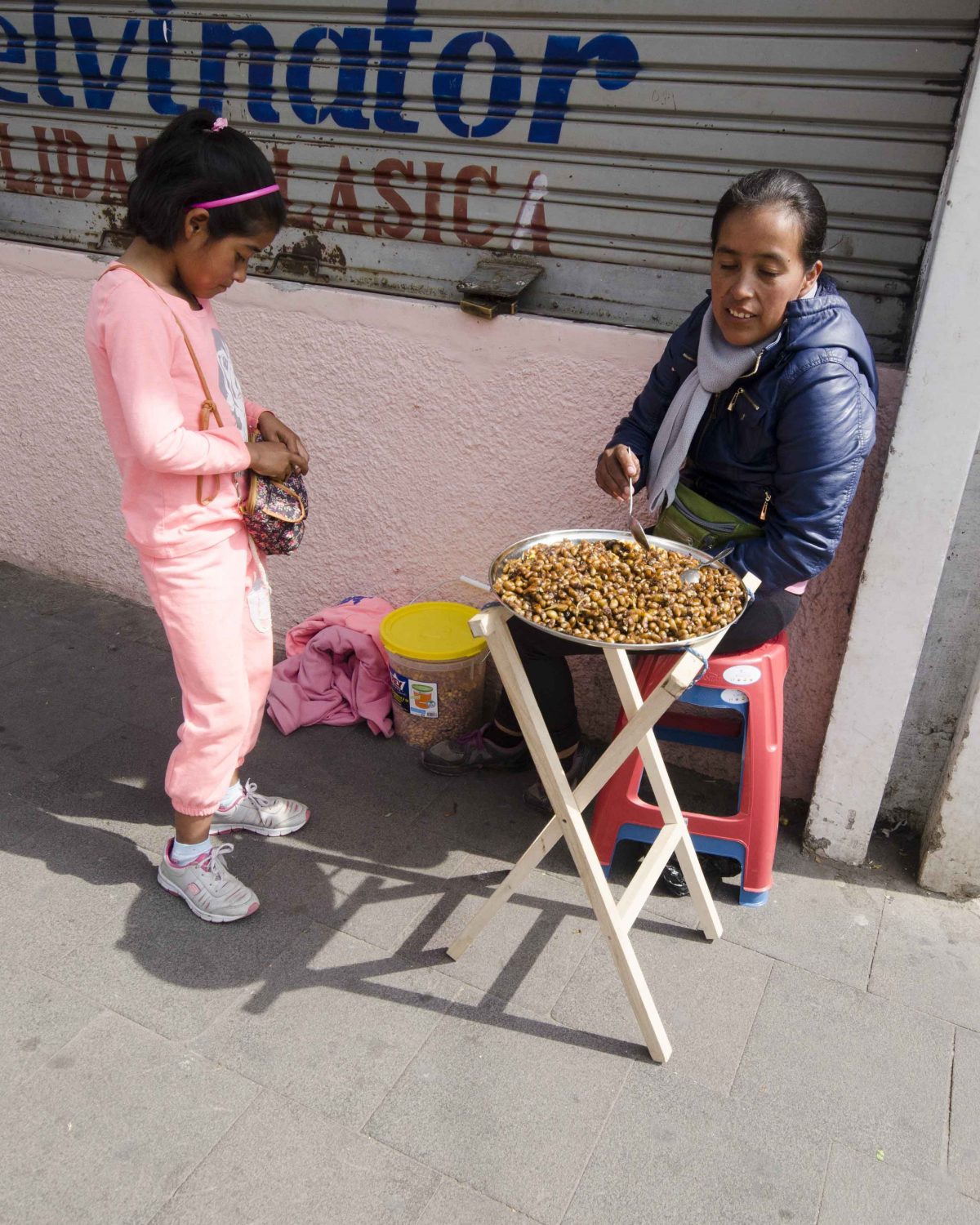

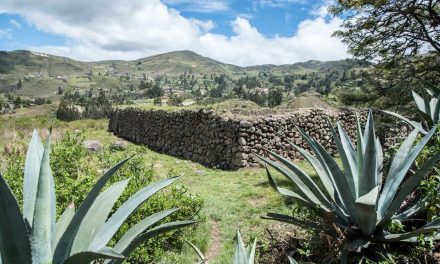






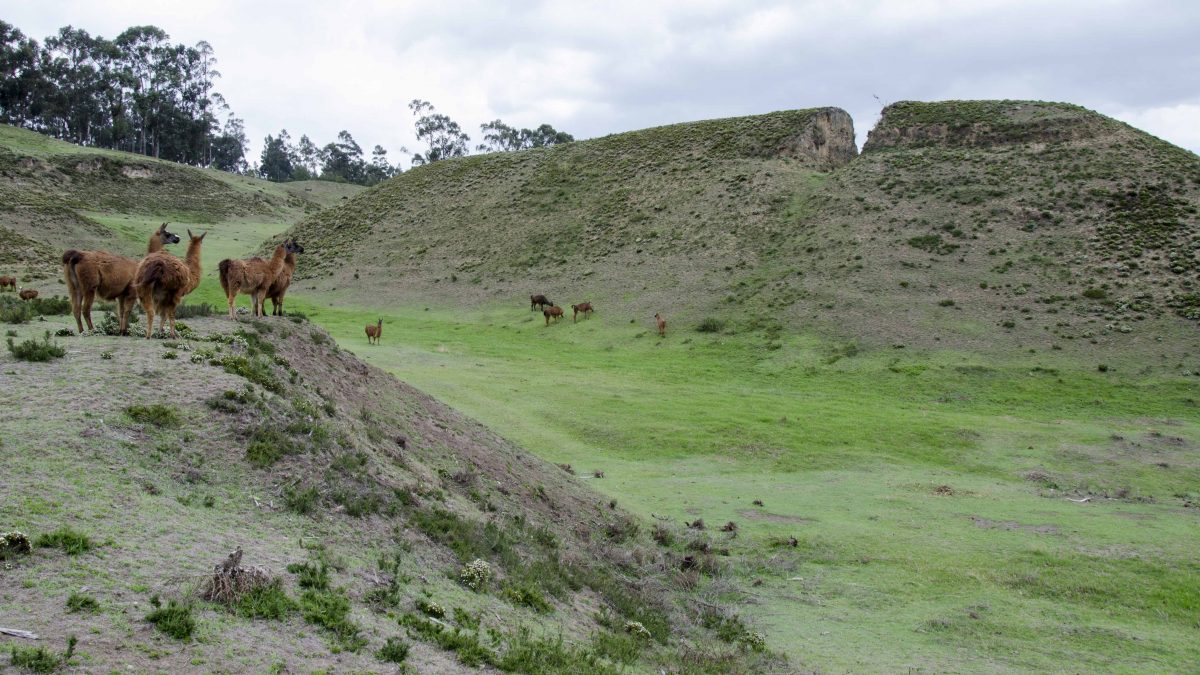





I have occasionally eaten chapulines in Mexico. Unfortunately, they tend to be overcooked, and too much salt.
For chapulines, my son swears by a Mexican restaurant in Santa Cruz, California. I’ll see if I can try them next time I visit and let you know how they taste!
I guess you’re ready now for “hormigas culonas” (big fat ass ants) from Santander (north-east of Colombia). They are very tasty and crunchy too, but alas, no “tostado” on the side.
I will add them to my bucket list 🙂
they are not actually dung beetles…. they belong to the same family but not the same part of it (different subfamily)… this scarab beetle diesnt eat dung…. it is more closely related to the Japanese beetle that you might have seen on rose bushes…and like it, the afukts feed on leaves…
afukts = adults (dumb keyboard)
You sent me to do further homework! I learned that dung beetles are also types of Scarab beetles. I found this article from National Geographic that better explains it: https://www.nationalgeographic.com/animals/invertebrates/group/scarabs/
I am updating the article to include the correction as well as the proper Latin name for the beetle. Thanks!